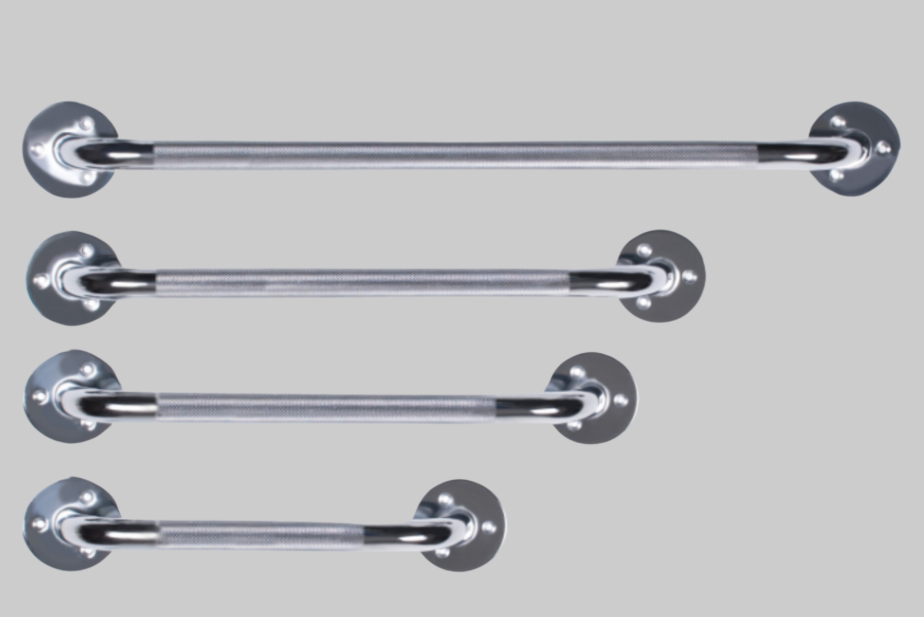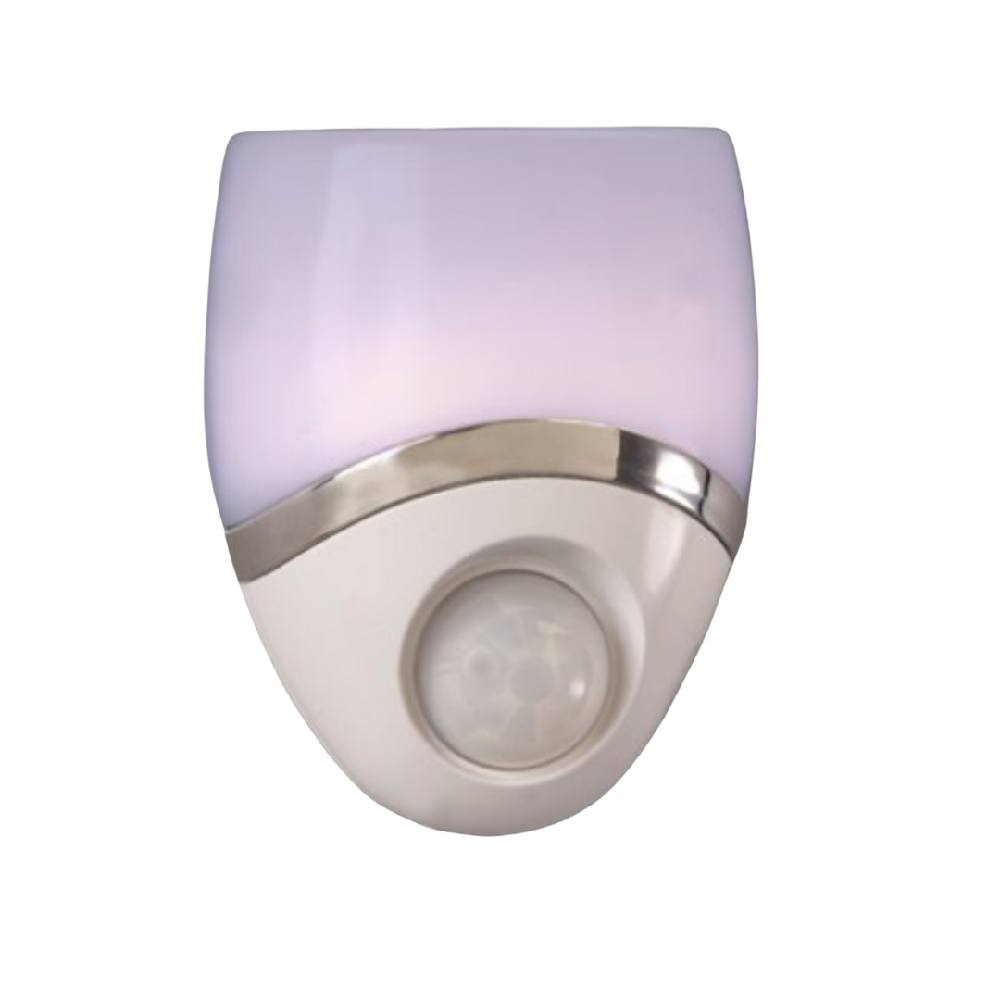Why Color Contrast is Crucial for People with Low Vision
Color contrast is a key factor in making visual content, whether it’s on websites, in printed materials, or in everyday tasks. For many people, color is simply an aesthetic choice or a way to express personality. However, for individuals with low vision, the choice of color contrast is far more significant; it can be the difference between seeing and not seeing. Color contrast aids allow for accessibility, independence, and safety for people with low vision.
.png)
What Is Low Vision?
Low vision refers to a level of vision impairment that cannot be fully corrected with glasses, contact lenses, or medical treatment. People with low vision may have difficulty seeing fine details, distinguishing colors, or perceiving objects in low-light conditions. Conditions like macular degeneration, glaucoma, diabetic retinopathy, and cataracts can all lead to low vision. And, their effects can vary from person to person.
As we grow older, our vision often undergoes natural changes that can affect how we perceive colors and contrasts. Older adults with low vision often have reduced contrast sensitivity, meaning their eyes struggle to differentiate between objects and their backgrounds when there isn't enough contrast. Color contrast helps individuals with low vision by distinguishing objects, text, and other visual elements.
Vision changes, combined with the increased need for independence in daily life roles, make color increasingly important for older adults. Let’s explore why color matters more as we age, and which products can help improve functional performance in daily life.
Why Color Matters for Daily Functionality
Color plays a crucial role in many daily tasks, and as we age, it becomes even more important for several reasons:
a. Improved Identification of Objects
- The ability to recognize objects, especially those that are not immediately in our direct line of sight, can be impaired. For example, objects that blend in with their background may go unnoticed, increasing the risk of accidents or missing items. By choosing contrasting colors for objects and environments, older adults can more easily identify and distinguish them. Bright, vivid colors (like orange, yellow, and red) can make everyday items, like remote controls, pill bottles, or kitchen utensils, stand out, reducing confusion and improving accessibility.
- Bright, contrasting colors help with the quick identification of objects, especially for tasks like cooking, reading, or taking medication. For example, clear differentiation between a red button and a green button is important for those with aging vision.
- Color coding can be especially useful in activities like organizing items.
b. Navigating Spaces Safely
- High contrast colors improve visibility, which helps older adults navigate both indoor and outdoor spaces. For example, using bright colors for floor markings, door frames, or stair treads makes it easier to avoid tripping or missing important cues.
- Color is also key to safety. For example, bright, bold colors can be used to signal emergency situations or warn of hazards. People with vision impairments due to aging may have trouble distinguishing between the red and green lights of a traffic signal, so clear signage, flashing lights, and contrasting colors can ensure that important safety messages are effectively communicated.
c. Facilitating Reading and Writing
- Many older adults have trouble reading due to changes in vision. Increased contrast between text and background, as well as larger font sizes with bold colors, can improve readability.
- High contrast backgrounds (like white, black, or yellow) paired with dark text (like black or dark blue) help older adults engage with written content more easily.
d. Reducing Cognitive Load
- When things are hard to see or hard to distinguish because of poor color contrast, it adds cognitive load, meaning that the individual must work harder to process visual information. As we age, mental energy becomes more limited, and simplifying visual tasks with clear color contrasts can make everyday activities less mentally taxing.
- Warm colors like yellow, orange, and red have been shown to stimulate energy and happiness, while cool colors like blue and green can create a sense of calm and relaxation. For older adults, especially those dealing with loneliness, depression, or cognitive decline, along with decreased vision, the right color choices in their environment can significantly influence their mental and emotional health.
Products to Enhance Daily Function and Color Contrast
A variety of products can help improve functionality for older adults, making daily life easier and safer by addressing color sensitivity and contrast issues:
a. High-Contrast, Talking Clocks and Watches
- Clocks with large, high-contrast digits (e.g., black numbers on a white or yellow background) are excellent for people with low vision.
- Talking clocks and watches can also help by providing auditory feedback in addition to visual cues.
b. Color-Coded Medication Aids with Talking Feature
- Pill organizers and medication labels with different colors for each medication or time of day can help older adults identify the correct pills at the right time.
- Colored pill dispensers help individuals track their medication schedules more easily.
c. High-Contrast Reading Aids
- Reading glasses or magnifiers with built-in high-contrast colors (e.g., yellow-tinted lenses) can help enhance text clarity.
- E-readers with adjustable contrast settings allow users to change text color and background color to suit their preferences.
d. Home Safety Products
- Motion-activated lighting with high contrast color schemes makes navigating at night easier, especially for individuals with limited vision.
e. Specialized Textures and Color-Coded Household Items
- Items like color-coded remotes, large-button telephones, and kitchen tools (e.g., color-coded knives or utensils) can help with identification and use.
- Color dishware and placemats. Warm colors like red, orange, and yellow are often associated with warmth and energy, which can make food appear more inviting and appetizing. These colors can also stimulate appetite. Unlike blue and green, they have a calming effect and may suppress appetite.
Conclusion
As we age, our ability to recognize objects, especially those that are not immediately in our direct line of sight, can be impaired. Especially, objects that blend in with their background may go unnoticed, increasing the risk of accidents or missed items. By choosing high contrasting colors for objects and environments, older adults can more easily identify and distinguish them. Products designed with color contrast in mind can significantly enhance functional performance, independence and overall quality of life.
In addition to products of color for increased visibility for people with low vision, Pisces has a dedicated section of products for older adults with vision changes. Look here. Check out this Color Contrast category to see all the products mentioned in this blog here.

.png)

.png)
.png)

